 Customers of Paris-based Bouygues Telecom in some of France’s largest cities will soon have access to 400Mbps fiber to the home broadband (with an upgrade to 1Gbps later this year), as well as a television and phone package that combined will cost $35.43 a month.
Customers of Paris-based Bouygues Telecom in some of France’s largest cities will soon have access to 400Mbps fiber to the home broadband (with an upgrade to 1Gbps later this year), as well as a television and phone package that combined will cost $35.43 a month.
The company’s new fiber offer commences June 30 and comes as a result of fierce competition for the French broadband customer.
Bbox Sensation Fiber is available from both fiber to the home and fiber to the building connections throughout urban areas in France, including Paris, Lyon, Marseille, Nice, Toulouse and Bordeaux.
Fiber continues to gradually replace older copper-base wire networks in France. But unlike in North America, European telephone companies believe their future isn’t only in selling wireless. Upgrading those networks to fiber to the home service allow companies to sell bundled packages of phone, wireless, television and broadband Internet access.
Bouygues Telecom’s fiber to the home network now reaches 3.3 million French homes with more to come. Its older fiber to the neighborhood network reaches another 5 million customers.
Customers who sign up for the fiber to the home service by the end of August will get two months free
Here are the details:
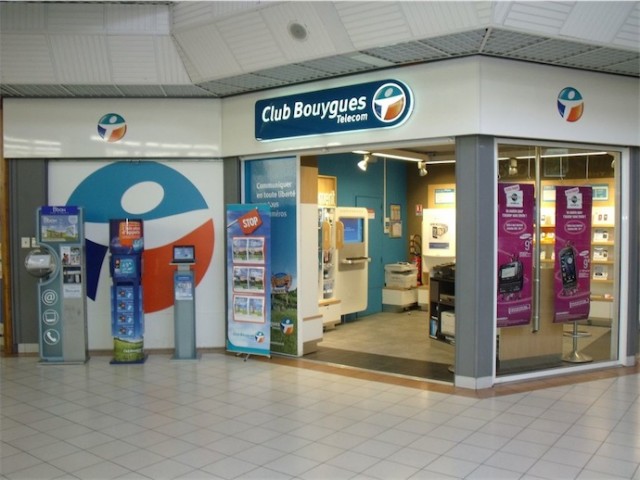 Bbox Sensation Fiber (first phase) includes:
Bbox Sensation Fiber (first phase) includes:
Internet
- 400Mbps service with upgrade to 1Gbps by the end of this year;
- 50GB cloud storage
Television
- Up to 170 TV channels, including 29 HD channels
- DVR with 300GB storage
- Bbox Video on Demand: Thousands of multilingual titles available in HD and DTS
- Bbox Games: Over 50 multiplayer video games accessible on the network at any one time
- Multi-Screen: Watch on portable devices
Telephone
- Unlimited calls to mobiles in France and the French commonwealth, U.S.A., Canada, China, Singapore and South Korea;
- Unlimited calls to fixed landlines in 120 countries.
Availability
This fiber offer available in Paris, Lyon, Villeurbanne, Marseille, Toulouse, Nice, Bordeaux, Issy les Moulineaux, Boulogne Billancourt, Courbevoie, Aubervilliers, Charenton le Pont, Saint Maurice, Alfortville, Maisons Alfort, Neuilly sur Seine, Puteaux, Chatillon Montrouge Vanves Malakoff, Levallois-Perret, Cergy Saint-Cloud, Garches, Palaiseau, Antony, Clamart, Rueil Malmaison, and Sèvres.


 Subscribe
Subscribe

 The United Arab Emirates leads the world with the highest penetration of fiber-to-the-home broadband service.
The United Arab Emirates leads the world with the highest penetration of fiber-to-the-home broadband service.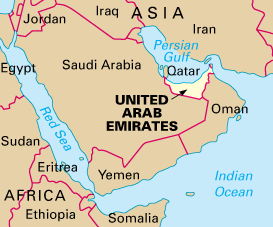 Subscription rates in the next-biggest markets — South Korea, Hong Kong, Japan, Singapore, and Taiwan — range from 63 percent to 37 percent, the council notes. In comparison, the United States
Subscription rates in the next-biggest markets — South Korea, Hong Kong, Japan, Singapore, and Taiwan — range from 63 percent to 37 percent, the council notes. In comparison, the United States 
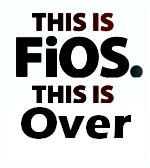
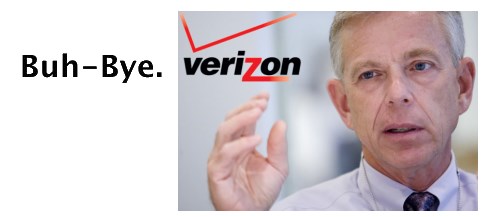
 Companies in the Pacific Coastal region of California are concerned about losing wholesale access to Time Warner Cable’s business fiber network if the cable company is acquired by Comcast.
Companies in the Pacific Coastal region of California are concerned about losing wholesale access to Time Warner Cable’s business fiber network if the cable company is acquired by Comcast.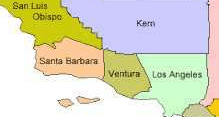 Currently, third-party access to cable broadband technology is provided on a voluntary basis by cable operators. Regulated telephone companies like Verizon and AT&T that serve California are required to offer open access to competitors, at least on their copper line networks.
Currently, third-party access to cable broadband technology is provided on a voluntary basis by cable operators. Regulated telephone companies like Verizon and AT&T that serve California are required to offer open access to competitors, at least on their copper line networks.